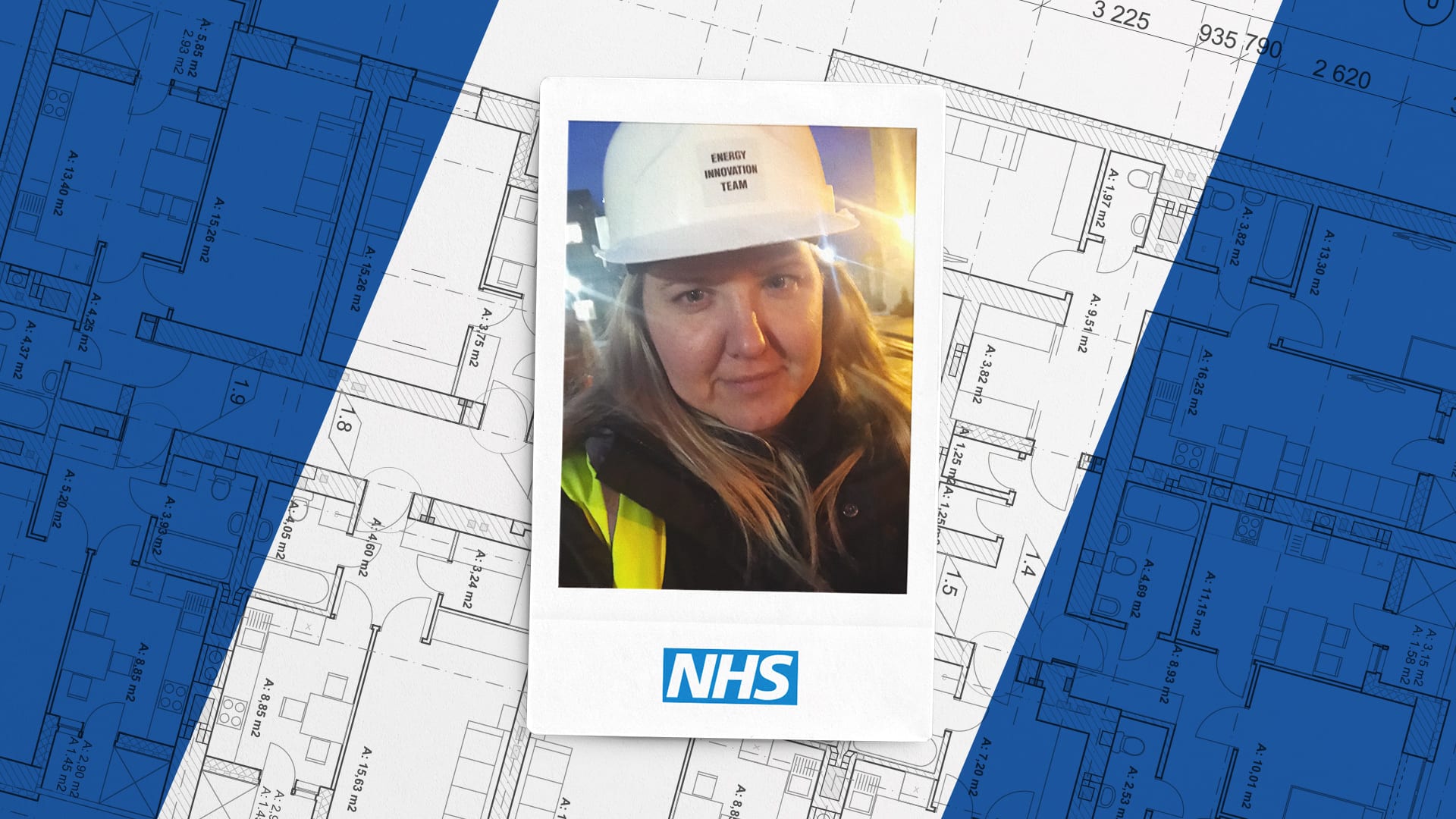Help us improve your experience. See content that is made for you!
See how IBM increased their efficiency by up to 30%!

Help us improve your experience. See content that is made for you!
See how IBM increased their efficiency by up to 30%!


The construction industry is currently recognised as one of the most notoriously male-dominated professions. According to the UK’s Construction Industry Training Board (CITB), only 14.5% of construction workers are female. If you break that figure down even more, the proportion of women working in skilled manual trades is a disconcertingly low at just 2%.
But thankfully, it’s not all bad news with the number of women working in construction growing since the recession and increasing rapidly in countries like the US. To improve diversity in the industry, it’s important to identify female role models and give them the opportunity to share their experiences of working in a male-dominated industry and insight on how to improve the gender balance in the sector.
We speak to Amy Lockyer, Project Officer for Hull University Teaching Hospital NHS Trust, UK. The trust is the leading provider of integrated health care services across Hull, the East Riding of Yorkshire, Whitby, Scarborough, and Ryedale in Northern England. The Trust offers a wide range of health and social care services to a population of 765,000 people of all ages across an area of over 4,700 square kilometres. Amy’s role is to support a team of eight project managers on capital development and refurbishment projects across the trust’s real estate footprint that vary in scale and size.
After I finished school, I continued my education studying media learning a range of skills from graphic design to photography. I began working in an administrative role for UK utility provider N Power but left after a few years to travel. This led me to Australia where I lived and worked for over year. On my return to the UK, I started working with the Hull University Teaching Hospital NHS Trust in a role similar to my current one.
My team look after capital development projects on behalf of the trust as well as smaller upgrade projects in the trust’s portfolio. After a few weeks I was given more responsibility when one of my colleagues resigned. This gave me the opportunity to get a really comprehensive overview of the team and the construction projects they worked on by supporting both our director and the project managers.
I moved to the South of England for a few years where one of my roles was working in a quarry . When I decided to return back to the North of England a few years later, I got in touch with my previous boss at the trust. The timing was ideal as the team were reforming – it had been dissolved after I left. So, I re-joined as a Project Officer to support capital development projects and I now look after a team of eight project managers with a variety of projects ranging in scale and size.
I have a twin brother, so I’m used to being around males a lot – in fact as a child, I was a bit of a tomboy. It’s definitely a male-dominated industry but I do think if you ask for opportunities, they are afforded to you. In fact, I’ve become more and more interested in the project management and design elements of what we do for the trust so I’ve completed some project management courses and have even been given the responsibility of managing and re-designing some of our smaller schemes.
The team works on a host of projects, from large capital developments to smaller refurbishment projects. We could be doing anything from building a new ward for one of the hospitals in the Trust to a smaller upgrade to one of the patient rooms. The variety and scale is really interesting because I’ve been able to learn about the end-to-end project lifecycle and see it in action on a range of projects.
I’ve been lucky as I’ve been given the opportunities to learn more and develop my skills in the areas I’m interested in. In a previous role, I was able to use my media skills to support event management and marketing for some of our construction projects. In my current role, my boss supported my request to study construction project management and help develop my skills in this area. I’m also really interested in the design and build aspects and enjoyed managing some of our smaller upgrades and refurbishments; a great opportunity to put my learnings into practice.
We’ve been using PlanGrid to manage snagging on our projects; tracking and creating tasks when on site, and as a result replacing paper forms that we relied heavily on previously. It has played a key role as part of a wider push to move more of our activities into digital technology across our functions. We’re seeing the benefits of a paperless way of working. It’s more efficient, less time consuming and also helps with our audit trails. This helps build trust in our projects as it’s important we keep records that can be accessed for years after a project has been delivered.

May we collect and use your data?
Learn more about the Third Party Services we use and our Privacy Statement.May we collect and use your data to tailor your experience?
Explore the benefits of a customized experience by managing your privacy settings for this site or visit our Privacy Statement to learn more about your options.